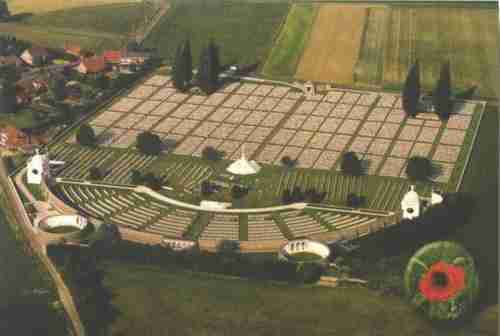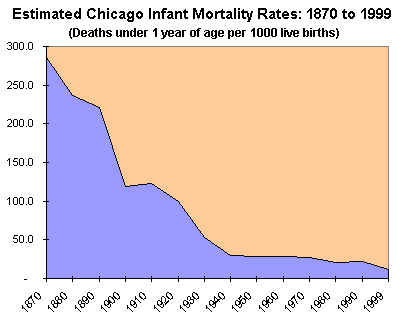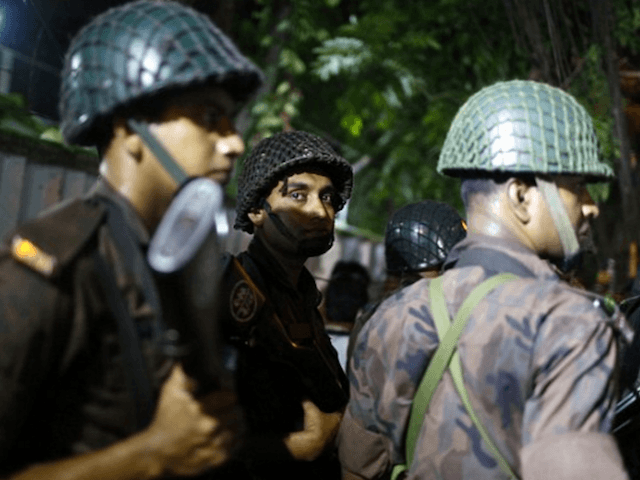This morning’s key headlines from GenerationalDynamics.com
- Politicians commemorate the botched World War I Battle of the Somme
- The Battle of the Somme and infant mortality
- Bangladesh again shocked by major ongoing terrorist attack
Politicians commemorate the botched World War I Battle of the Somme

Tyne Cot War Cemetery, with graves of 11,954 soldiers in the British army (greatwar.co.uk)
The Battle of the Somme, possibly the worst botched battle in the British army’s history, began on July 1, 1916. The British wanted to deliver a knockout blow to the German army. For over a week, the British had fired some 1,738,000 artillery shells at the German line in order to prepare for the British infantry advance. However, the Germans were prepared for this. The German soldiers moved into deep dugouts that had been prepared. When the bombardment stopped, the Germans knew that was a signal that the infantry attack was about to begin, so they left the dugout and moved to their machine guns. Some 100,000 British and French army soldiers went “over the top” to confront the Germans and the machine guns along a 25-mile front. By the end of the first day, the British army had lost 60,000 men.
By the end of 141 days of battle, in November 1916, the British had lost 420,000, the French lost 200,000 men and the Germans 500,000, for a total of almost 1.2 million casualties in this one battle. The British army had not only not delivered a knockout blow, they had moved their front line only seven miles.
The British Generals had botched the situation so badly that by the 1920s, many veterans were describing the entire war as “Lions led by Donkeys.”
On Friday, France’s president François Hollande and Britain’s prime minister David Cameron met at the site of the battle to commemorate the deaths, to give the usual speeches saying “Never again.” This commemoration comes just weeks after the commemoration of the Battle of Verdun.
The commemoration comes one week after the Brexit vote, mandating that Britain should leave the European Union. The biggest motivation for the Treaty of Rome that was signed in 1957 and for the European Union, was that the survivors of World War I and II wanted to guarantee that Europe would never fight wars like the two world wars ever again. The Brexit vote means that this guarantee will not be met.
Today, the survivors of the two world wars are gone, and so it’s particularly ironic that the commemoration comes at a time when the European Union is falling apart, and the same nationalistic and xenophobic forces that brought about the Battle of the Somme and other battles are rising again. History Learning and Telegraph (London) and Deutsche Welle
The Battle of the Somme and infant mortality

Estimated infant mortality rates – 1870-1999 – in Chicago
There were 38 million military and civilian casualties in World War I, including 11 million military personnel. The number of deaths was astonishing, mainly because there had never been so many deaths in previous wars.
Politicians discussing the Battle of the Somme this week blamed the large number of deaths as “a failure of political leadership,” and pontificated that if the political leadership had been better, then World War I would have had fewer deaths.
From the point of view of Generational Dynamics, it’s very likely that 38 million people had to die, no matter how well the politicians ran the war. In fact, asking why 38 million people died in World War I is the wrong question. The right question is: Where did all those people come from?
Prior to 1870, some 30% of all infants died before their first birthday. (By age 5, the figure was about 50%.)
But infant and child mortality fell dramatically in the 1890s, and again in the 1920s, as you can see from the graph. This fall in infant mortality meant that a lot more infants lived long enough to become soldiers. That’s why there were so many more soldiers in WW I, and then again in WW II. And that’s why there were so many more soldiers to be killed.
In other words, curing infant mortality is a wonderful thing for the individual parents, but it has the unintended consequence of creating large populations of young boys ready to be sent into war as cannon fodder.
When there are too many people, nature provides several ways to kill them off — war, disease, and famine. If those 38 million people hadn’t been killed by World War I, then they would have had to be killed some other way. That’s the way the world works.
Actually, that wasn’t the end of it. The global Spanish Flu pandemic of 1918 killed up to 50 million more people. Then 60 million more people were killed in World War II. Hundreds of millions more were killed by Josef Stalin and Mao Zedong in various Communist purges.
Today it’s much worse. There are 200,000 people added to the global population every day. At the same time, growing populations are displacing more and more farmland. There is no way that this situation is sustainable, or will end well, and Brexit is just one thing that’s leading the way. The Battle of the Somme was just a minor blip compared to what’s coming. Oil Price
Bangladesh again shocked by major ongoing terrorist attack
As I’m writing this on Friday evening ET, the hostage crisis in Dhaka, the capital city of Bangladesh, is still in progress. There are at least two dead and 20 hostages taken so far.
A public relations media source associated with the so-called Islamic State (IS or ISIS or ISIL or Daesh) is claiming credit for ISIS. However, other analysts attribute the action to al-Qaeda in the Indian Subcontinent (AQIS). ISIS and al-Qaeda are in a growing competition to take credit for as many terrorist acts as they can.
The attack took place in an upmarket area popular with wealthy Bangladeshis and foreign tourists. As I’ve written several times in the past, this is a signal that the act is being perpetrated by a terror group associated with activist Biharis, the ethnic group that lost to the ethnic Bengalis in the 1971 generational crisis war that created the state of Bangladesh from the former East Pakistan. ( “12-Jun-16 World View — Bangladesh government arrests 3,192 people to stop terrorist killings”)
Today, there are hundreds of thousands of Biharis living in refugee camps in filthy conditions, with the largest camp just north of Dhaka, Bangladesh’s capital city. These are certainly a large part of the motivation for Bihari jihadist groups to continue terrorist attacks.
So, if either al-Qaeda or ISIS plays any role at all, it would be purely for publicity purposes. It’s not surprising that both of these jihadist groups should claim credit, but this is a bloody conflict between two ethnic groups, and it’s only going to get worse. Dhaka Tribune
KEYS: Generational Dynamics, World War I, Battle of the Somme, France, François Hollande, Britain, David Cameron, infant mortality, Spanish Flu, Josef Stalin, Mao Zedong, Dhaka, Bangladesh, Bengalis, Biharis, East Pakistan
Permanent web link to this article
Receive daily World View columns by e-mail

COMMENTS
Please let us know if you're having issues with commenting.